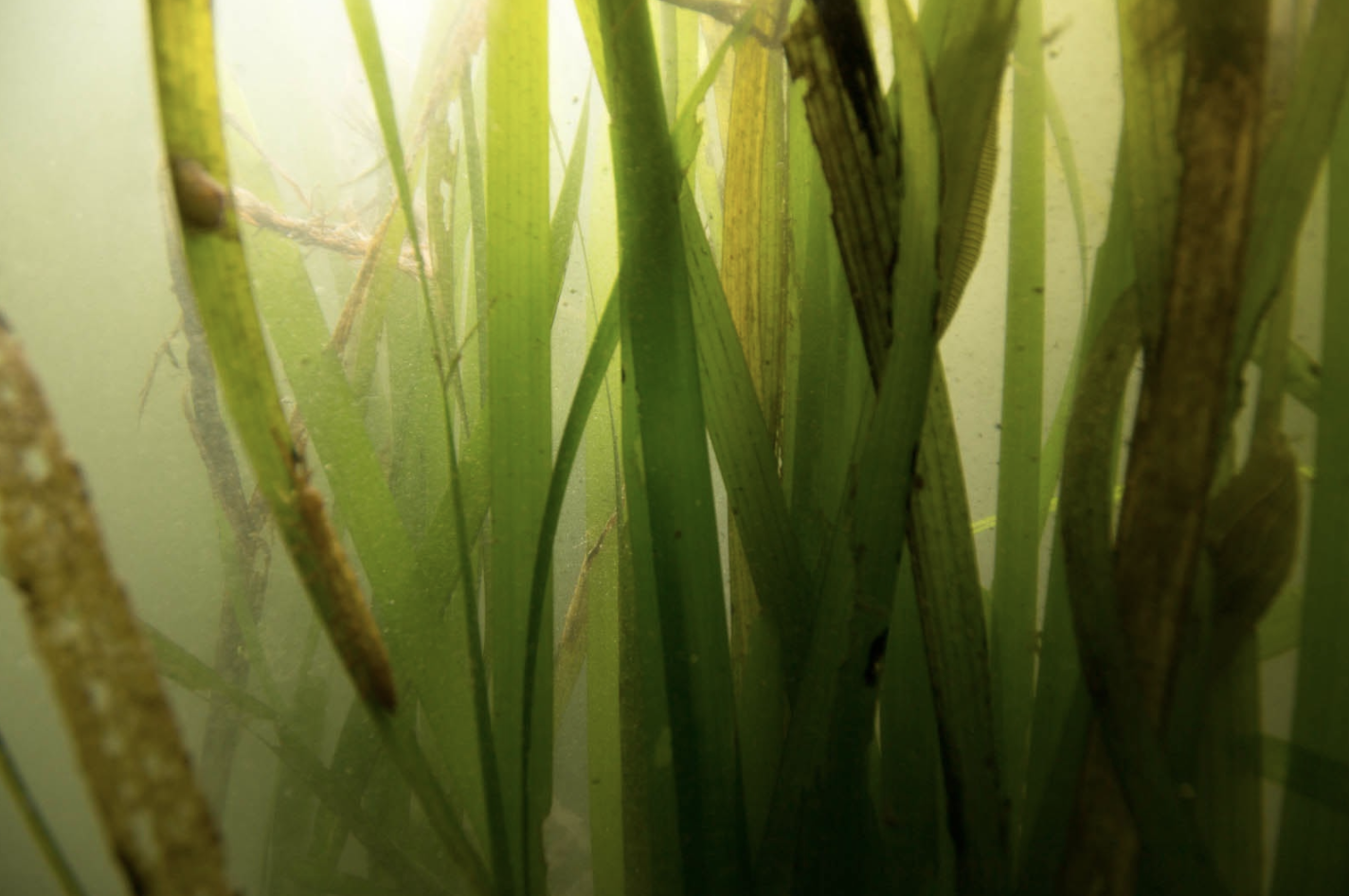assessment of the commercial Dungeness Crab fishery within the traditional Tsawout First Nation Indigenous Protected and Conserved Area
Led by Lais Chaves, Tsawout First Nation
Collaborators include UBC Centre for Indigenous Fisheries
The Tsawout First Nation is concerned about the large spatial scale at which the Department of Fisheries and Oceans Canada currently manages this Dungeness crab. With the lead of a UBC MSc student, the Tsawout First Nation, the University of British Columbia Centre for Indigenous Fisheries, and the Hakai Institute will use modified commercial crab traps to assess the abundance, size range, and spatial distribution of adult Dungenesss crab within the QEN’T Indigenous Protected and Conserved Area.
They also will try to determine if megalopae abundance is a good predictor of commercial landings. The graduate student and Tsawout youth interns will conduct a comprehensive systematic literature review, including searches of Western academic journals and Tsawout’s archive of community interviews and records to critically assess how narratives about Dungeness crab impact human interactions with them.
Finally, they plan to conduct a series of semi-structured interviews that culminate in a comprehensive traditional knowledge study. The knowledge shared through these interviews will create essential understandings of Dungeness crab through the lens of Tsawout’s laws, worldviews, and culture and will, in turn, foundationally inform culturally guided stewardship protocols and recommendations for the QEN’T Indigenous Protected and Conserved Area.





















